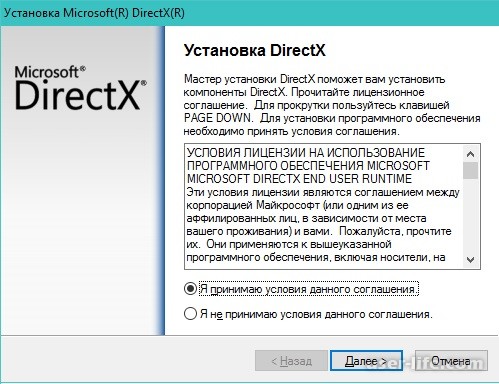Half Life 1 Client Dll File

Extracting and decompiling the final levels of Half Life 2 will show how it is done. So with my GCF Scape I searched the 'episode 1 shared.gcf' file & found them. In the base source engine 2.gcf but that client.dll and server.dll are missing. Download that and stick it into your halflife folder;D. It still didnt work, and to be exact, it says 'could not load library d:/halflife esf cl_dlls client.dll. The Fmod.dll file in the half life folder not the esf folder it comes in, thats just 1.
Install Visual Studio (2010, 2012, 2013 or 2015) (you are required to create a free account) Note: The Half-Life SDK available on Github was built using Visual Studio 2010 so it will run out of the box with that version. Newer versions require that the Solutions be converted to work with these newer versions of the IDE. The IDE will tell you when it performs this conversion. Download the Half-Life SDK from Valve’s Github repository, You can place and extract the downloaded ZIP anywhere you like. Note: For those using Visual Studio 2015 changes to the C Library have caused many warnings in.
Download carson mccullers the heart is a lonely hunter epub books. Community member has created a which compiles for Visual Studio 2015. I would suggest using it until Valve makes changes to support Visual Studio 2015 in the official repository. Mine is located here. C: _Projects halflife-master projects vs2010 projects.sln Note: You may see the following if you are using a version of Visual Studio newer than 2010 Simply click OK and let it work. This is the conversion process I noted earlier.
I also suggest you change the color scheme to Dark to make viewing and editing the code easier. This can be done from Tools > Options > Environment > General and setting Color Theme to Dark To the right hand side of the IDE note the Solution Explorer which should have 6 projects included: The one of interest to us is hldll as highlighted in bold ( Bold highlighting indicates that it is the start-up project ) If it is not highlighted in bold simply right click on it an Select Set as StartUp Project. We need to make some changes to hldll’s properties. To access these simply right click and select Properties. Firstly let’s change Configuration in the top left corner to “All Configurations”. This means that changes we make to the properties page will propagate through all project configurations in this case both Debug and Release.
Then we should turn off the post Build process which can be disabled by setting Use In Build to No in Configuration Properties > Build Events > Post-Build Event ( This command when it works correctly would have copied the complied DLL to the Mod directory, simply put for the scope of this tutorial we do not need it ) Next we must Change under Configuration Properties -> General the Output Directory from. Now it is time to build the project for the first time, Under Build Select Project Only > Build Only hldll ( saves time compared to building all projects ) If you unloaded all other projects you can simply click under Build “Build Solution”, it will build the remaining loaded projects. It should take a few minutes and you will probably get quite some warnings in the Output towards the bottom of the screen, This can be ignored (These errors occur due to changes to C++, Visual studio and the source code down through the years) The SDK was developed originally in the mid-nineties and was not updated for new C++ standards when it was released on Github in 2013 Let’s disable these common warnings. Right click on hldll and under Properties navigate to Configurations Properties -> C/C++ -> Advanced, (Make sure to set “All Configurations” so that it affects both Debug & Release) For “Disable Specific Warnings“ add the following.
Release Binaries: Build your binaries in release mode when you are making a final binary to distribute to friends or the community. To do this simply right click on the project, select Properties -> Configuration Manager (Top Right). In the window that appears select Release from the Top-Left drop down box.
This sets the active configuration to Release as opposed to Debug which is the default setting. Close the window and compile the project again.

This will create a Release folder next to your Debug folder in the solution (code) directory. If you set your settings to affect all configurations as described earlier the newly compiled dll will have copied to the correct mod folder.
When compared to the Debug binaries the Release binaries are typically smaller in size and contain optimizations to improve performance at runtime. I want to extend my thanks to who provided some very helpful advice which I added to the tutorial.
I want to thank for his Visual Studio 2015 compatible version of the Half-Life SDK which I am sure many of you will find useful. And finally I want to thank you the reader who took the time to read this, I hope this short tutorial helps you in some small way. If you find any issues or if you know of anything this tutorial should include please feel free to send an onto me concerning it. The support thread for this tutorial can be found over at the. Now that's what I call a good written tutorial. Excellent work.